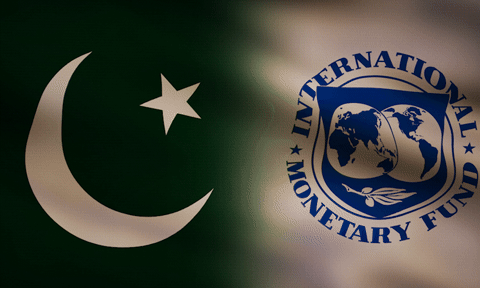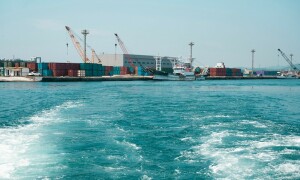Kurram Agency has once again been in the news for all the wrong reasons. A series of land dispute/sectarian clashes have once again been in evidence off and on since 2023 in the latest (and continuing sporadically) conflict that has its roots in history.
These clashes have once again caused deaths and injuries on both sides, and severe shortages of food, medicine and other necessary supplies in the middle of the coldest part of winter.
In the latest reported incident on January 4, 2025, the Khyber Pakhtunkhwa (KP) government’s halting, belated efforts to bring about peace through traditional jirga mediation and open the blocked roads, particularly the Thal-Parachinar road, was set back by an attack on Javedullah Mehsud, Deputy Commissioner, in which he and six others of his team inspecting security arrangements for a supply convoy to Parachinar were injured.
The Parachinar access road has been the scene of violent attacks in the recent past, the bloodiest being the attack on a convoy in which 40 people were killed.
The pattern of off and on tribal-sectarian clashes in Kurram requires explanation. First, some summarised history. Kurram Agency as it is now demarcated was part of Afghanistan before the British wrested it during the Anglo-Afghan wars of the 19th century.
Before that, the roots of the present sectarian divide are to be found in the entry of the Turi tribe, Shias, into the area in the 18th century. Naturally, this brought them into conflict with the previous tribes inhabiting the region, who were Sunni.
Since then, conflicts over land often take on a sectarian hue since the tribes are divided along Shia-Sunni lines.
During the war against the Soviet occupation of Afghanistan in the 1980s, Sunni Mujahideen, incensed by the resistance by the Shia tribes to using Kurram (colourfully described then as the ‘Parrot’s Beak’ because it juts into Afghanistan) as a launch pad by the Sunni Mujahideen and their more extreme allies such as al Qaeda and the Haqqani Network, often clashed with the Turi and other (relatively smaller) Shia tribes.
Therefore, the historically received land-sectarian divide received now an ideological slant, further dividing the perceived (in some cases actual) Saudi-backed Sunni religious extremist groups and the Iran-backed Shia ones.
History aside, the Afghan wars have bequeathed one more ‘gift’ in terms of deepening and exacerbating the sectarian divide in Kurram.
The approach to the recurring land and sectarian conflict in Kurram by the provincial and federal authorities is wanting in many respects.
First and foremost is inconsistency and failure to see things through to implementation of peace accords arrived at after every bloody encounter through the traditional jirga mechanism.
As a result, even such open-ended accords stand breached sooner or later, let alone those with a limited timeframe. The Pakistan Tehreek-e-Insaf (PTI) government in KP, which has been in power continuously for a decade, has been extremely lax in its efforts to sort out this recurring conflict/s.
Not that the federal governments have done much better, occasional shows of military force being punctuated by long periods of silent neglect (a logical outcome of the federal-provincial divide in this case).
Given the increasing profile of Tehreek-i-Taliban (TTP) attacks in KP since they received a fillip through the Afghan Taliban’s return to power in 2021, it is critical that the federal government and security establishment on the one hand, and the KP PTI government on the other, lay aside their other differences and focus on diluting if not eliminating the threatening spread of sectarian conflict rooted in land issues in Kurram lest this provide another opening to the TTP and other Sunni extremist groups to fan the flames of a sectarian civil war in Kurram.
The former tribal agency boasts a population of 700,000, with 42 percent of these being Shia. This should awaken the powers that be to the potentially explosive nature of the continuation and accentuation of sectarian conflict in Kurram. History, tribal land disputes, sectarian differences notwithstanding, it is the state’s responsibility to prevent a potentially bloody sectarian civil war that looms over Kurram, with its obvious danger signals for sectarian peace throughout the country.
Copyright Business Recorder, 2025
rashed.rahman1@gmail.com , rashed-rahman.blogspot.com























Comments
Comments are closed.